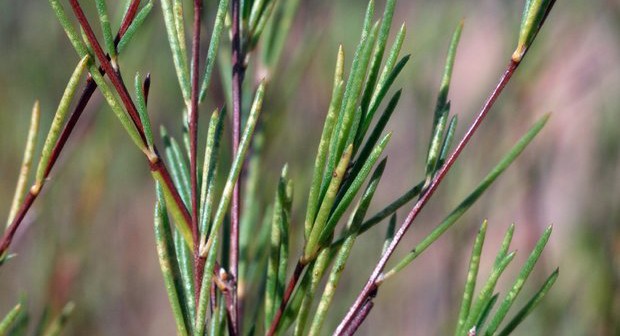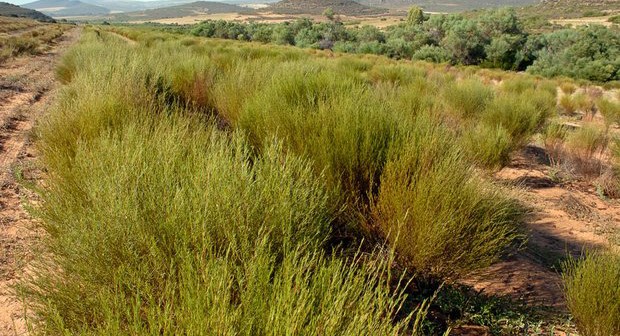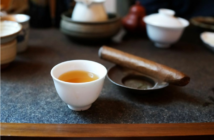This is an excerpt from the September/October issue of TEA Magazine
If you’ve been looking for an herbal beverage chock-full of anti-oxidants but without caffeine, it’s time to check out Rooibos.
The genus Aspalathus has more than 200 species that are native to the Western Cape region of South Africa. Aspalathus linearis is the species that is used for producing Rooibos tea. This legume grows as a wild shrub in the Cedarberg mountain region of South Africa. The indigenous people of that region have been wild crafting Rooibos for more than 300 years. There are a number of sub-species of Aspalathus linearis, but only one is suitable for commercial cultivation.
Rooibos was first cultivated in the 1930’s with commercial production developing in earnest following World War II. It is interesting to note that unlike Camellia sinensis, which is grown commercially in more than 45 countries around the world, Rooibos only grows in one specific region. This limitation is worrisome given changing climactic conditions around the world.
There are two distinct types of Rooibos: red fermented and green unfermented Rooibos. To produce fermented Rooibos, the leaves are bruised and oxidized, much as one would do to make black tea. The resulting leaves and tea infusion have a distinctive, vibrant orange/red color. The lesser known variety of Rooibos, called green Rooibos, is immediately dried to prevent oxidation. The enzymes in the leaves are broken down under low heat in a vacuum chamber. This ensures that green Rooibos retains its unique flavor profile and green appearance indefinitely.






